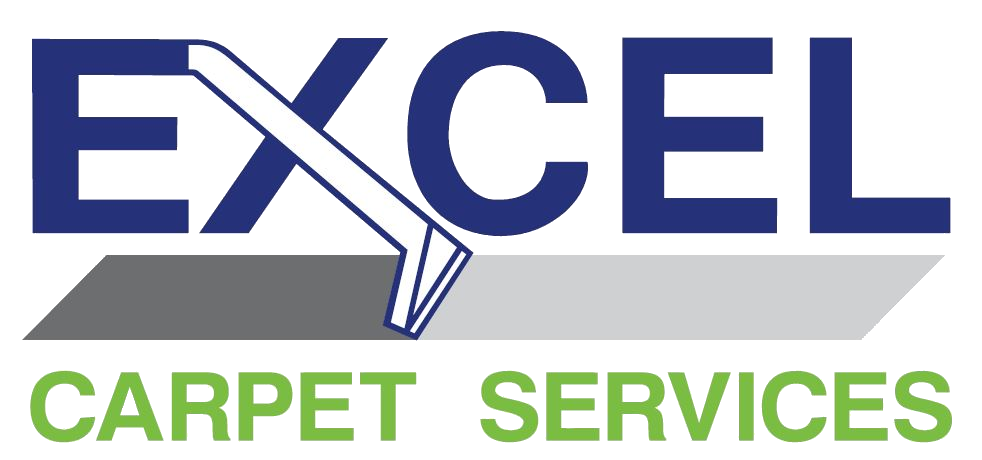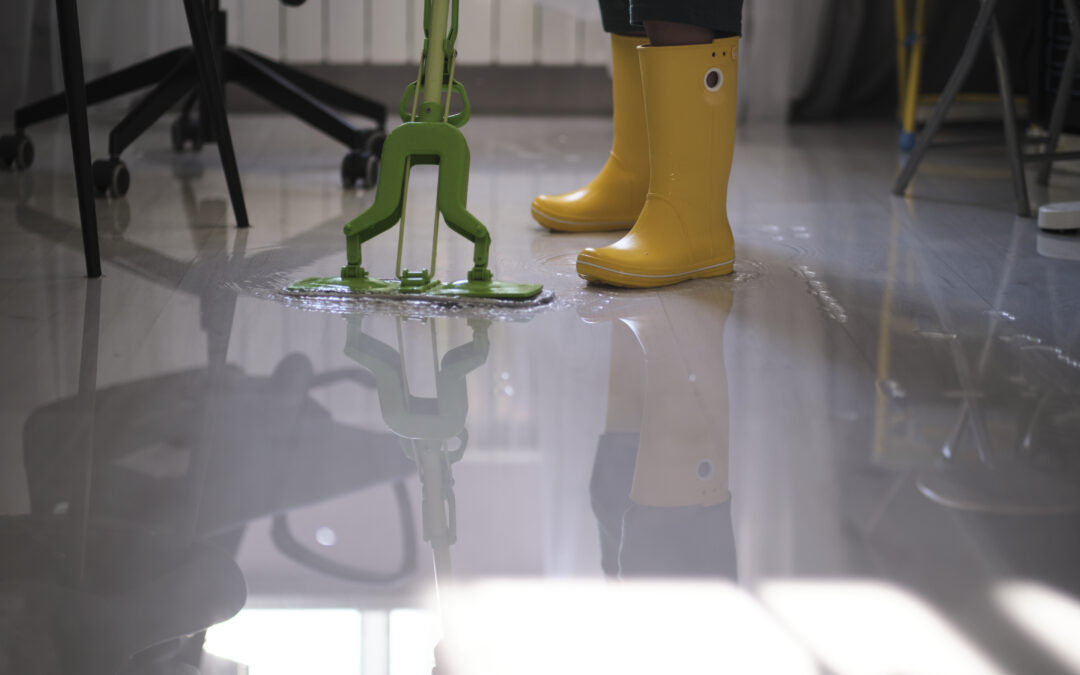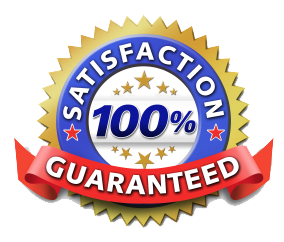Dealing with unexpected water in your home can be stressful and overwhelming. Water emergencies require swift action to minimize damage, whether from a burst pipe, heavy rain, or a leaky appliance. Quick water extraction protects your property and protects your belongings from further harm.
Having a clear plan can reduce panic and increase your chances of a quick recovery. By familiarizing yourself with emergency water extraction essentials, you’ll be better prepared to handle water-related surprises. Let’s explore important steps that safeguard your home and prevent potential long-term issues.
Understanding the Importance of Quick Water Extraction
Responding quickly to water emergencies is crucial. If left unchecked, standing water can cause massive damage, affecting walls, furniture, and floors. If not dried properly and promptly, carpets can become breeding grounds for mold and bacteria. Understanding why you must act quickly will motivate you to address the issue urgently.
First and foremost, water left for long periods can seep deeper into your home’s structure. This can weaken building materials and lead to costly repairs. It can also promote mold growth within just 24 to 48 hours. Mold is hazardous to health, especially for those with allergies or asthma, making quick water removal a top priority.
Moreover, stagnant water can damage your belongings. Personal possessions, especially those made of fabric or paper, may get ruined if submerged for too long. Electrical appliances and wiring in contact with water can also pose serious safety threats, potentially causing electrical shocks or fires once the water retreats and power is restored.
Understanding these risks emphasizes the importance of acting swiftly. Quick water extraction helps maintain the integrity of your home, protects your health, and saves precious belongings. By recognizing the significance of immediate action, you can minimize the long-term impact of water damage.
Initial Steps to Take During a Water Emergency
When water invades your space, staying calm and following a plan is essential. Knowing the first steps ensures you deal with the situation effectively and safely. Here’s what to do when a water emergency strikes:
1. Ensure Safety First: Turn off electricity in affected areas to prevent shocks. If there is severe flooding, evacuate the premises until it’s safe to return.
2. Identify the Source: Find where the water is coming from. If it’s a burst pipe, shut off the water supply immediately. Stopping the flow prevents further flooding.
3. Remove Valuable Items: Quickly move valuables and furniture to a dry place. Protect your belongings by elevating them off the wet floor. This reduces potential damage.
4. Notify Professionals: Call emergency services or water damage professionals if the situation is beyond your control. They can provide the expertise needed for severe cases.
5. Document the Damage: Take photos and notes about the extent of the damage. This information is useful for insurance claims and understanding the impact on future prevention.
These initial steps aim to safeguard your home and reduce damage during a water emergency. Acting promptly and deliberately helps maintain control and prepares you for the following water extraction stages.
Effective Water Extraction Methods and Tools
Effective water extraction methods become crucial once you have taken the initial steps during a water emergency. The goal is to remove as much water as possible, as quickly as possible, to prevent further damage.
A powerful tool often used is a wet/dry vacuum. This equipment is excellent for extracting standing water on carpet and hard surfaces. It’s easy to handle and can rapidly suck up large volumes of water. However, professional-grade equipment like submersible pumps or industrial vacuums is more effective for deeper extraction, especially in carpeted areas.
For homeowners, using towels or mop systems can help manage smaller amounts of residual water, but these are less effective when thoroughly drying the area. High-speed air movers are beneficial for drying floors and walls after initial water extraction, circulating air, and accelerating evaporation.
Dehumidifiers are essential, too. They remove moisture from the air and help dry out the space completely. Ensuring the area is dry prevents mold growth and lingering odors. These machines are a valuable addition to the water extraction process.
Post-extraction, steam cleaners can be used to sanitize and refresh carpets in specific scenarios. Professional services often combine these methods and tools to ensure comprehensive water removal and drying.
Preventative Measures to Avoid Future Water Damage
While addressing immediate water extraction is crucial, taking steps to prevent future incidents is equally important. Making your home or building more resilient can save time and money.
Inspect your home regularly for signs of leaks. Check roofing, plumbing, and appliances to ensure they are in good condition. Sealants can be applied to vulnerable areas like windows and doors to prevent water from seeping in.
Installing a sump pump in areas prone to flooding or backup power supplies for critical systems can mitigate risk. Sump pumps can automatically divert water from your home, keeping your basement and lower levels dry.
Consider elevating appliances or systems in flood-prone areas to reduce damage risk. Water detection devices can give you an early warning when there’s a leak, allowing you to fix issues before they become emergencies.
Low-water landscaping is another effective way to manage water flow. It uses slopes or drains to direct water away from the house. These proactive measures shield against water damage, offering peace of mind.
Conclusion
Effectively managing and preventing water damage is vital to maintaining a safe and comfortable living environment. From understanding quick extraction methods to implementing preventative strategies, handling water emergencies is all about being prepared and informed. Staying proactive reduces risks and can prevent extensive home repairs and health concerns related to mold and mildew.
Having the right knowledge can make all the difference when water issues arise. Excel Carpet Services is ready to help you manage these challenges. Reach out to us at (513) 822-4190 for professional carpet cleaning services. Our team specializes in addressing water extraction needs with precision and care, ensuring your home stays protected. Whatever your carpet cleaning or water damage concerns, Excel Carpet Services offers the professionalism and expertise to restore comfort and security to your home.



